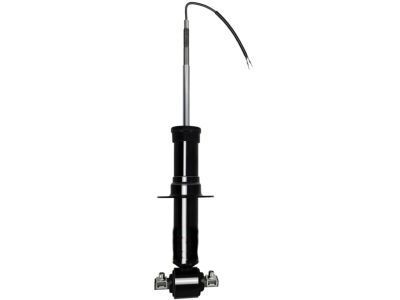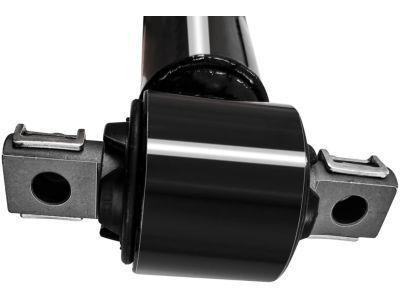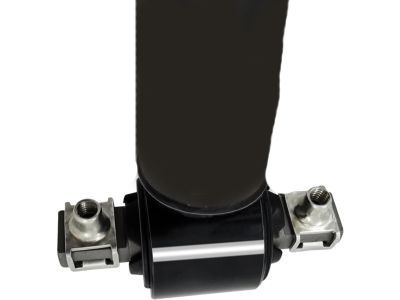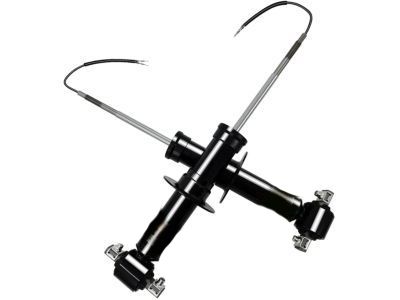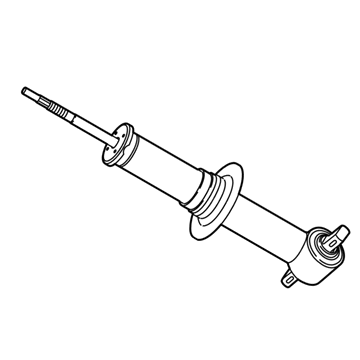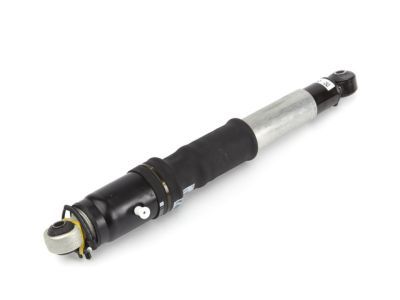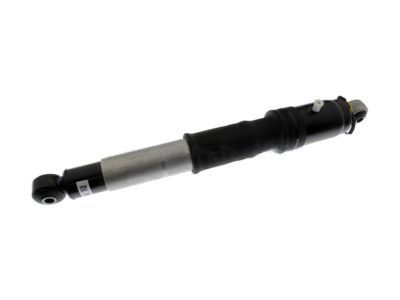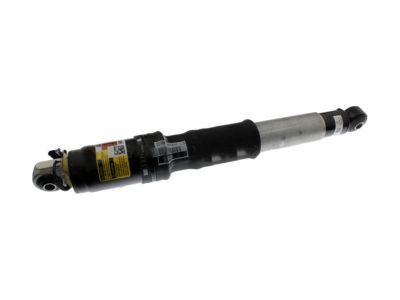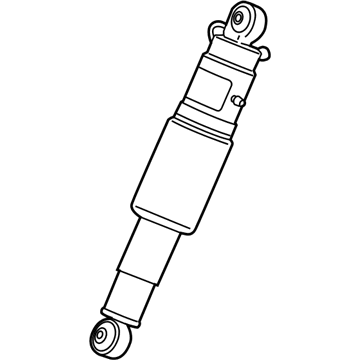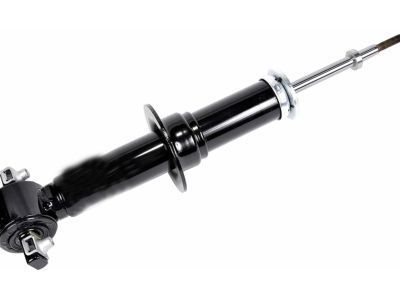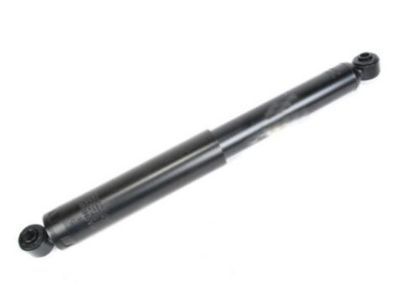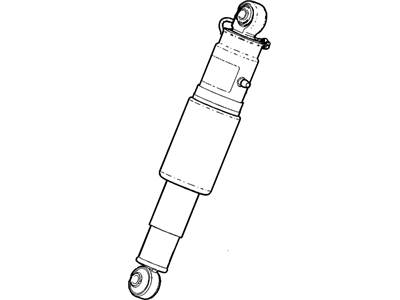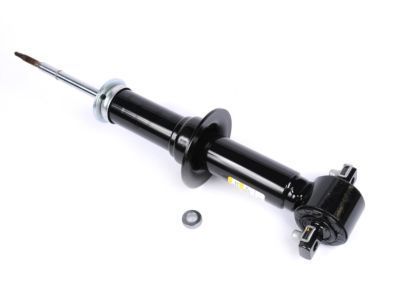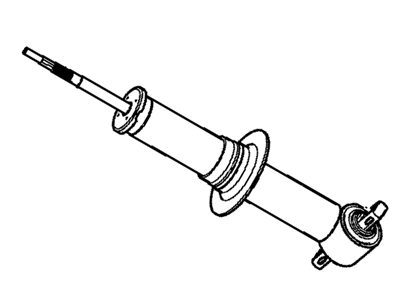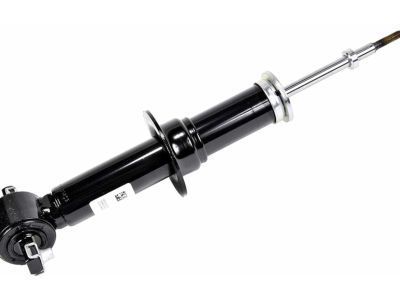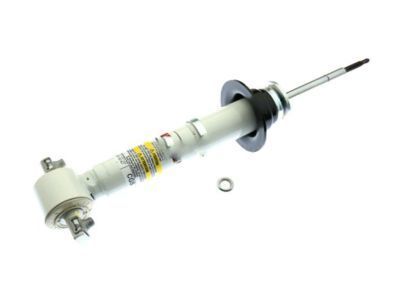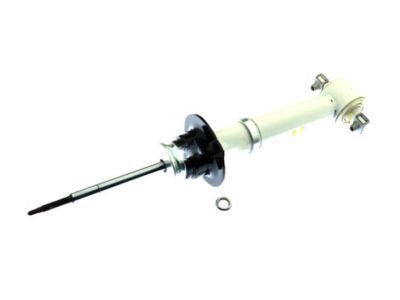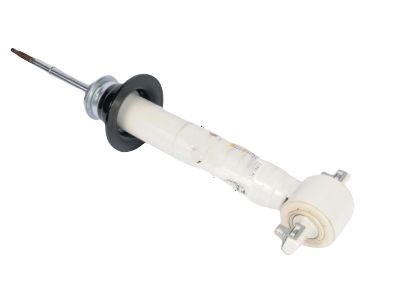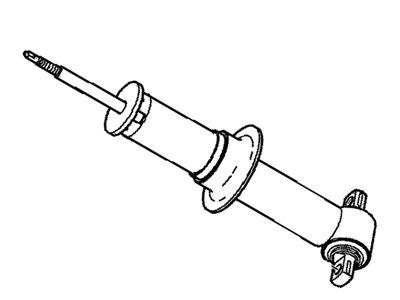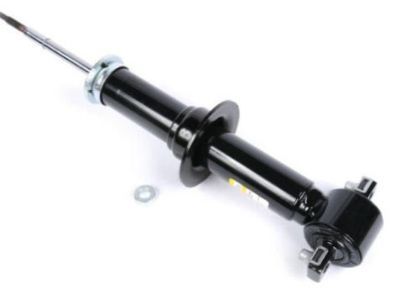
My Garage
My Account
Cart
Genuine Chevrolet Tahoe Shock Absorber
Suspension Shock Absorber- Select Vehicle by Model
- Select Vehicle by VIN
Select Vehicle by Model
orMake
Model
Year
Select Vehicle by VIN
For the most accurate results, select vehicle by your VIN (Vehicle Identification Number).
231 Shock Absorbers found
Chevrolet Tahoe Absorber Assembly, Front Shk
Part Number: 84977478$485.84 MSRP: $955.44You Save: $469.60 (50%)Chevrolet Tahoe Rear Leveling Shock Absorber Assembly
Part Number: 84176675$500.12 MSRP: $974.90You Save: $474.78 (49%)Ships in 1-3 Business DaysChevrolet Tahoe Front Shock Absorber Assembly
Part Number: 84082002$273.82 MSRP: $538.54You Save: $264.72 (50%)Ships in 1-2 Business DaysChevrolet Tahoe Rear Shock Absorber Assembly
Part Number: 84082039$54.05 MSRP: $149.20You Save: $95.15 (64%)Chevrolet Tahoe Front Shock Absorber Assembly
Part Number: 22891324$203.63 MSRP: $400.44You Save: $196.81 (50%)Ships in 1-2 Business DaysChevrolet Tahoe Front Shock Absorber Assembly
Part Number: 84043217$94.57 MSRP: $184.36You Save: $89.79 (49%)Ships in 1-2 Business DaysChevrolet Tahoe Front Shock Absorber Assembly
Part Number: 23130122$66.62 MSRP: $183.87You Save: $117.25 (64%)Ships in 1-2 Business DaysChevrolet Tahoe Absorber Assembly, Front Shock
Part Number: 22891309$234.09 MSRP: $441.68You Save: $207.59 (47%)Ships in 1-2 Business DaysChevrolet Tahoe Rear Shock Absorber Assembly
Part Number: 84082040$48.39 MSRP: $133.59You Save: $85.20 (64%)Ships in 1-2 Business DaysChevrolet Tahoe Absorber Assembly, Front Shock
Part Number: 84043209$93.51 MSRP: $183.87You Save: $90.36 (50%)Ships in 1-2 Business DaysChevrolet Tahoe Absorber Assembly, Front Shock
Part Number: 84059852$203.63 MSRP: $400.44You Save: $196.81 (50%)Ships in 1-2 Business DaysChevrolet Tahoe Front Shock Absorber Assembly
Part Number: 23172263$113.44 MSRP: $221.14You Save: $107.70 (49%)Ships in 1-2 Business DaysChevrolet Tahoe Absorber Assembly, Front Shock
Part Number: 84043205$60.46 MSRP: $183.87You Save: $123.41 (68%)Ships in 1-2 Business DaysChevrolet Tahoe Absorber Assembly, Front Shock
Part Number: 84043195$90.98 MSRP: $177.37You Save: $86.39 (49%)Ships in 1-2 Business DaysChevrolet Tahoe Absorber Assembly, Front Shock
Part Number: 84043175$93.51 MSRP: $183.87You Save: $90.36 (50%)Ships in 1-2 Business DaysChevrolet Tahoe Absorber Assembly, Front Shock
Part Number: 23130121$193.11 MSRP: $533.10You Save: $339.99 (64%)Ships in 1-2 Business DaysChevrolet Tahoe Front Shock Absorber Assembly
Part Number: 84043180$59.11 MSRP: $163.19You Save: $104.08 (64%)Ships in 1-2 Business DaysChevrolet Tahoe Absorber Assembly, Front Shock
Part Number: 84082016$186.32 MSRP: $363.24You Save: $176.92 (49%)Ships in 1-2 Business DaysChevrolet Tahoe Absorber Assembly, Front Shock
Part Number: 84043171$60.02 MSRP: $182.60You Save: $122.58 (68%)Ships in 1-2 Business DaysChevrolet Tahoe ABSORBER ASM-RR LVLG SHK
Part Number: 86787492$161.41 MSRP: $290.85You Save: $129.44 (45%)
| Page 1 of 12 |Next >
1-20 of 231 Results
Chevrolet Tahoe Shock Absorber
Now, the Chevrolet Tahoe uses the Shock Absorber and strut assembly for the vehicle's suspension; these components are responsible for responding to shock impulses whilst stabilizing the vehicle and enhancing the quality of the ride. These components, together with springs, are used to reduce unwanted motion of suspension, and use hydraulic pistons to transfer shock and energy to them in the form of heat. Many types of shock absorbers have been developed over the years that include the twin-tube and mono-tube shock absorbers where they differ in the mechanisms used to control the flow of hydraulic fluids and that enhances the ability of your car to respond to different driving conditions. Continuing improvements are seen in spool valve dampers, Position Sensitive Damping (PSD), and Acceleration Sensitive Damping (ASD); while electrorheological and magnetorheological dampers allow semi-active and adaptive suspensions for better comfort and control. A well-maintained and well-inspected Chevrolet Tahoe suspension system components are critical to the good performance and durability of the automobiles; hence, one should avoid defaulting on these aspects to avoid jeopardizing the vehicle's movement characteristics.
Each OEM Chevrolet Tahoe Shock Absorber we offer is competitively priced and comes with the assurance of the manufacturer's warranty for the part. Furthermore, we guarantee the speedy delivery of your orders right to your doorstep. Our hassle-free return policy is also in place for your peace of mind.
Chevrolet Tahoe Shock Absorber Parts Questions & Experts Answers
- Q: How to remove and install a front coil-over or torsion bar shock absorber module on Chevrolet Tahoe?A:To remove the model of a coil-over shock absorber, start by loosening the front wheel nuts which hold together its lug, lift up the automobile and remove it tire. Use a floor jack to support the external end of lower Control Arm and detach the tie-rod end from Steering Knuckle. Remove top mounting nuts and two bolts that attach bottom of shock absorber to lower control arm. Pull it out from below. To install, reverse removal steps for installing new shocks and tighten fasteners as per their torque specifications. If equipped with a suspension control system, reconnect electrical plug at top of shock absorber. For torsion bar models, follow same steps but back up wrench on stem is used for removing upper mount nut as well as related hardware. Observe direction in which bolt points while removing the lower mounting nut and bolt. Reverse removal steps when installing making sure that lower mounting bolt is pointing exactly in the same spot it did before.
Related Chevrolet Tahoe Parts
Browse by Year
2024 Shock Absorber 2023 Shock Absorber 2022 Shock Absorber 2021 Shock Absorber 2020 Shock Absorber 2019 Shock Absorber 2018 Shock Absorber 2017 Shock Absorber 2016 Shock Absorber 2015 Shock Absorber 2014 Shock Absorber 2013 Shock Absorber 2012 Shock Absorber 2011 Shock Absorber 2010 Shock Absorber 2009 Shock Absorber 2008 Shock Absorber 2007 Shock Absorber 2006 Shock Absorber 2005 Shock Absorber 2004 Shock Absorber 2003 Shock Absorber 2002 Shock Absorber 2001 Shock Absorber 2000 Shock Absorber 1999 Shock Absorber 1998 Shock Absorber 1997 Shock Absorber 1996 Shock Absorber 1995 Shock Absorber
